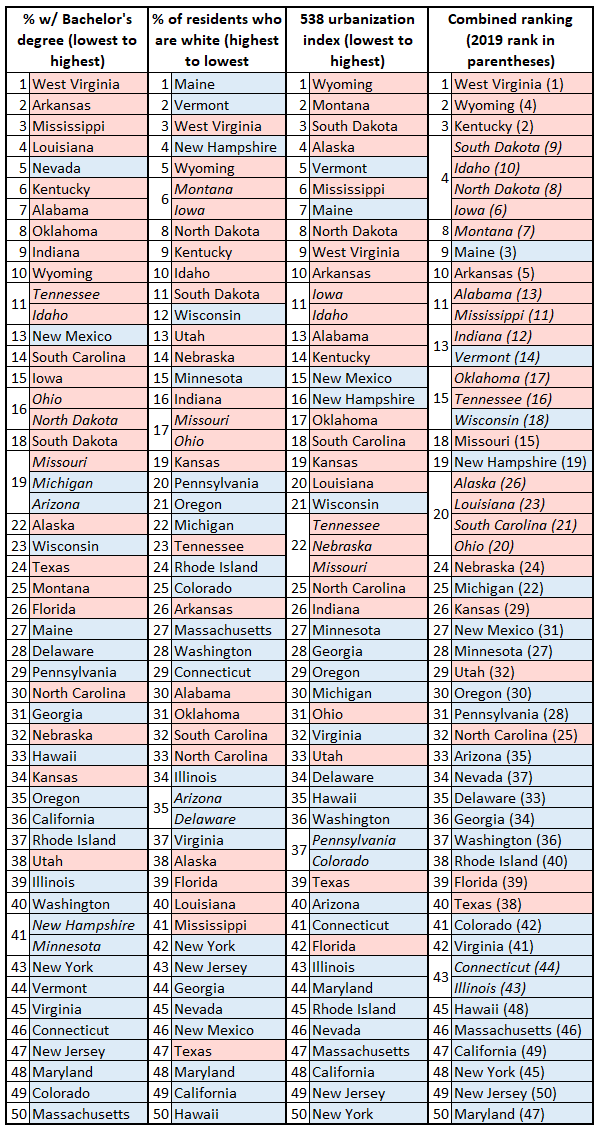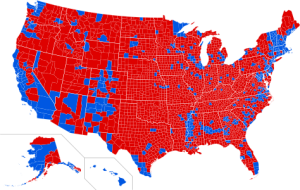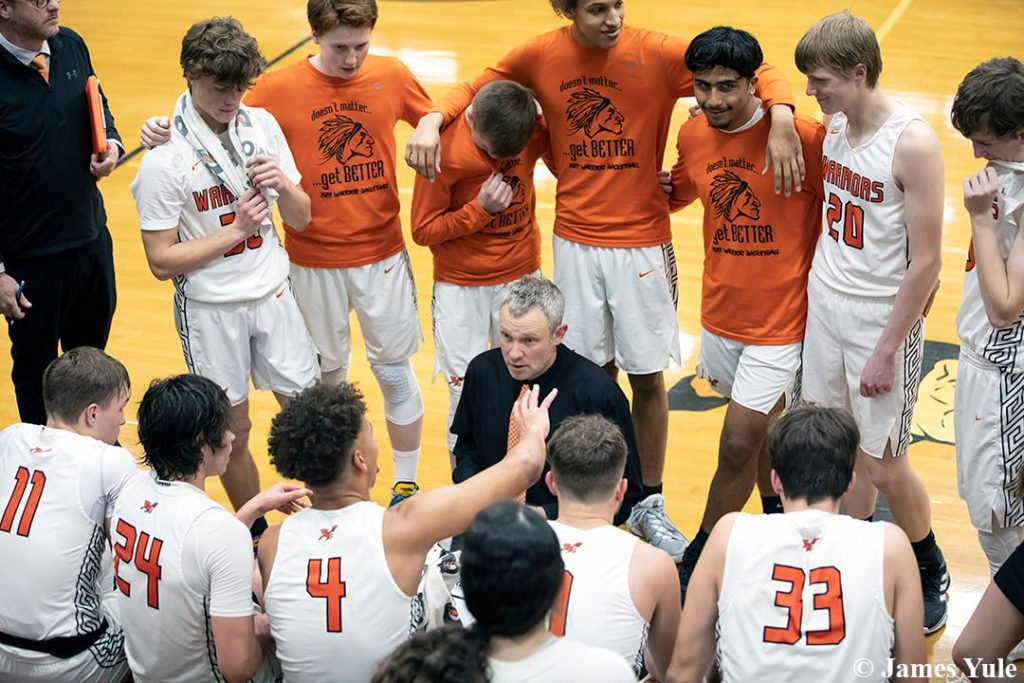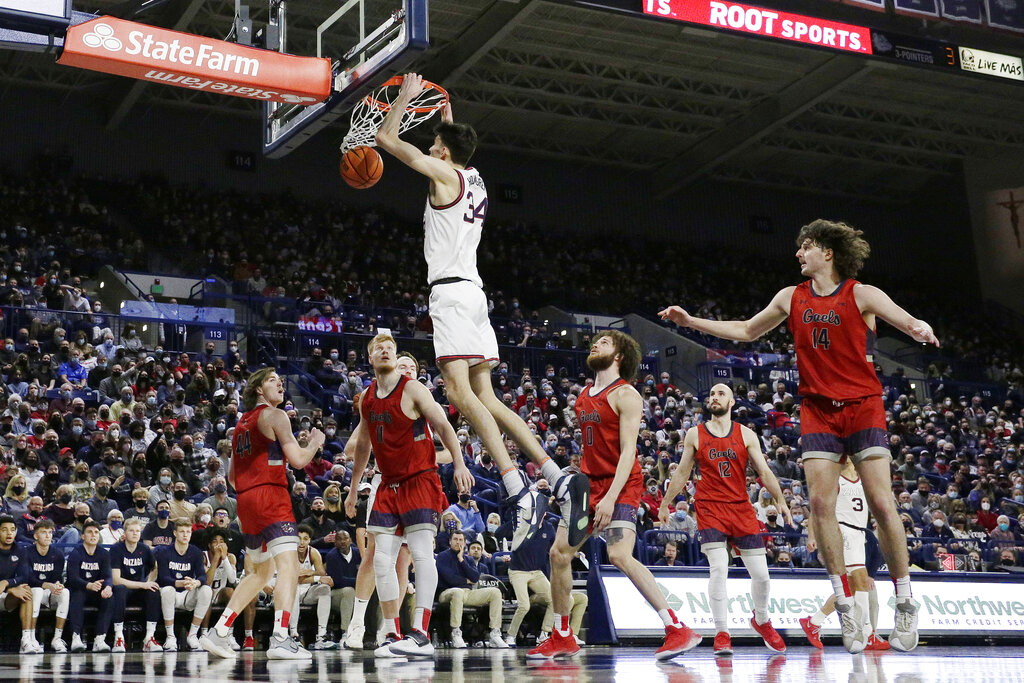Wyoming: Most Rural and 2nd Most Republican State in US
Written by Andrew-Rossi on February 15, 2022
A new political assessment of the United States pins Wyoming at the top – but not the very top – of the list of states most accepting of the GOP.
Wyoming has been a Republican stronghold for decades, consistently voting for GOP presidents, senators, and governors and for Republican candidates for local office. But on a national scale, how Republican-friendly is Wyoming?
The Center for Politics at the University of Virginia has created a system to rank states by partisan politics. While not a revolutionary idea, the system uses demographics rather than polls to determine which states are red and blue.
“For all 50 states, the center’s website says, “we looked at three variables that are increasingly linked with partisan voting patterns: education level, race, and urbanization.
Historically, Republican candidates tend to do better in rural areas with a primarily white population. Democratic candidates are the opposite, performing best in urban areas with a more diverse population.
Education is another crucial factor. Republicans attract citizens without college degrees, while Democrats generally have a base of college-educated citizens.
So, the Center for Politics system looks at the maps and numbers of the United States and asks three simple questions.
- What percentage of the state’s residents 25 or older have at least a bachelor’s degree?
- What percentage of the state’s residents are white?
- How urban or rural is the state?
Based on this system and these numbers, Wyoming is the 2nd most Republican-friendly state in the United States.
Wyoming also ranks as the least urbanized state, followed by Montana, South Dakota, and Alaska.
The top spot goes to West Virginia, which has a tight grip as the most Republican state. Kentucky comes in third, and there’s a four-state tie for fourth: Idaho, Iowa, North and South Dakota.
According to the Center for Politics, Wyoming is in a group of eight states described as “rock-ribbed Republican.” Meanwhile, many of the crucial “swing states” – Ohio, Pennsylvania, Michigan, Minnesota, Arizona, Nevada, and Georgia – ended up in the middle of the group.

Another factor that might shed light on a state’s partisan preference is religion.
“Church attendance can be an important indicator of how a person votes,” the study says. “According to a post-election survey from the Pew Research Center, voters who attended church at least once a month voted for Donald Trump by a roughly 20-point margin, while those who said they only attended church a few times a year or less backed Joe Biden by a similar, roughly 20-point margin.”
The full report is available on the Center for Politics website.





